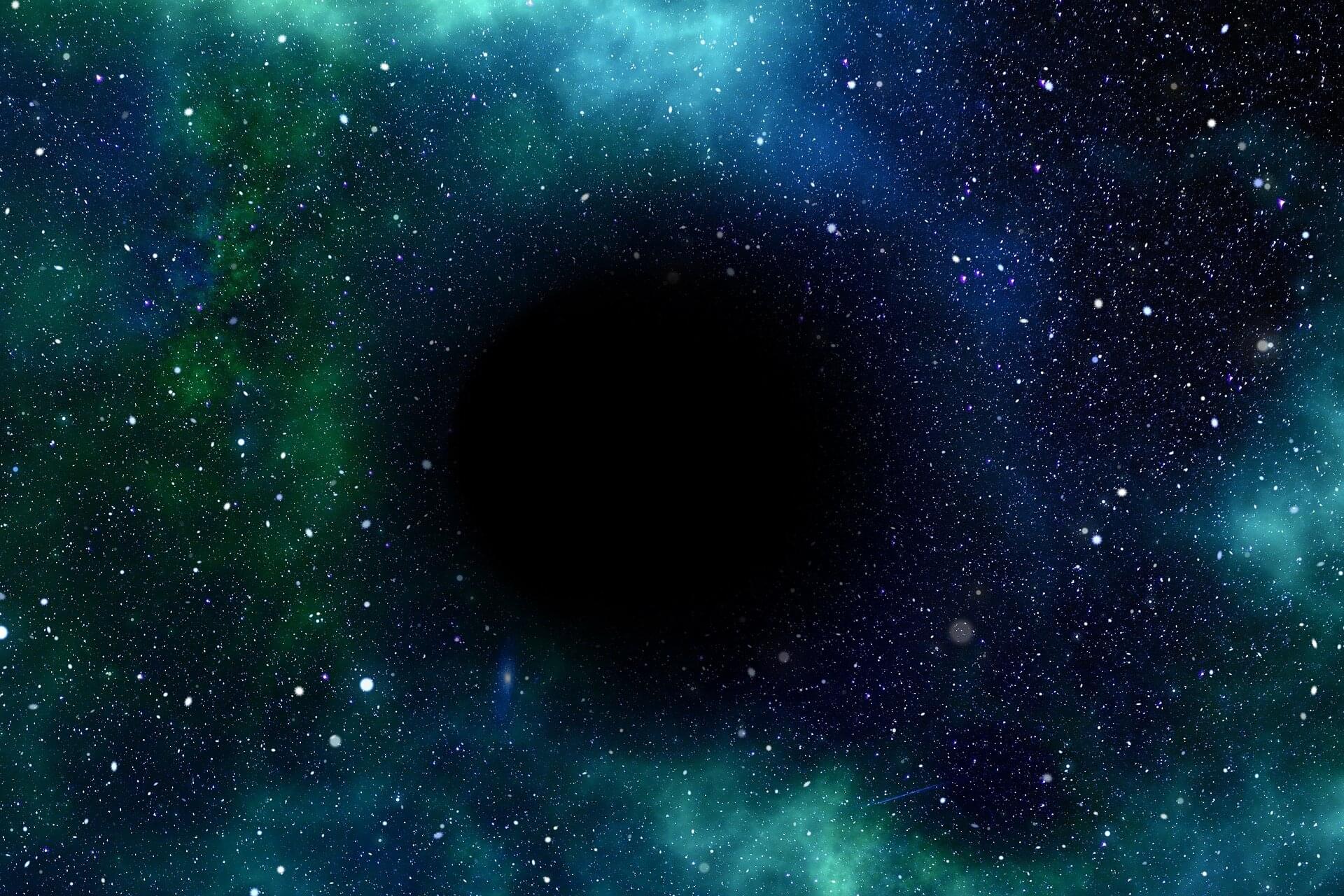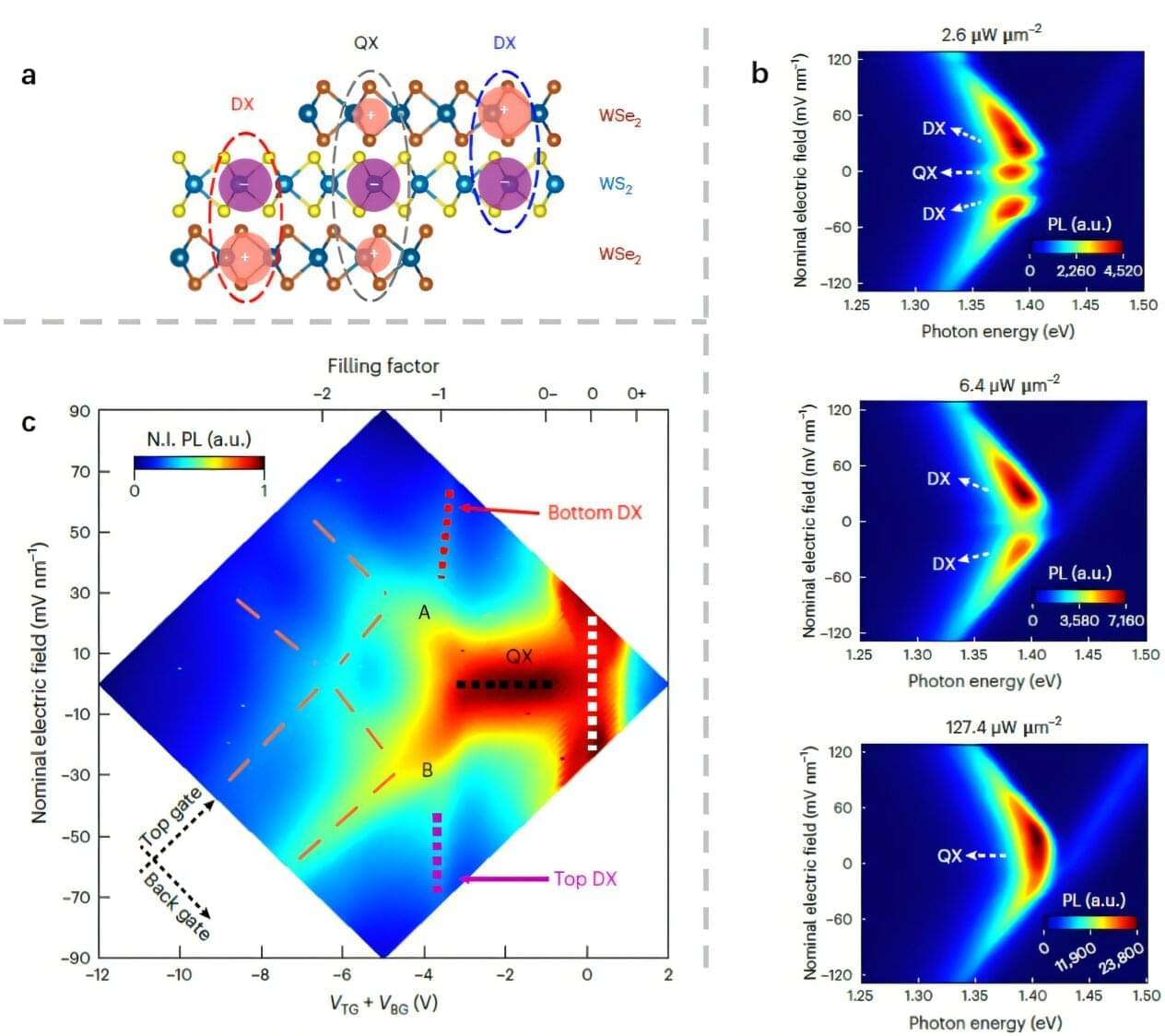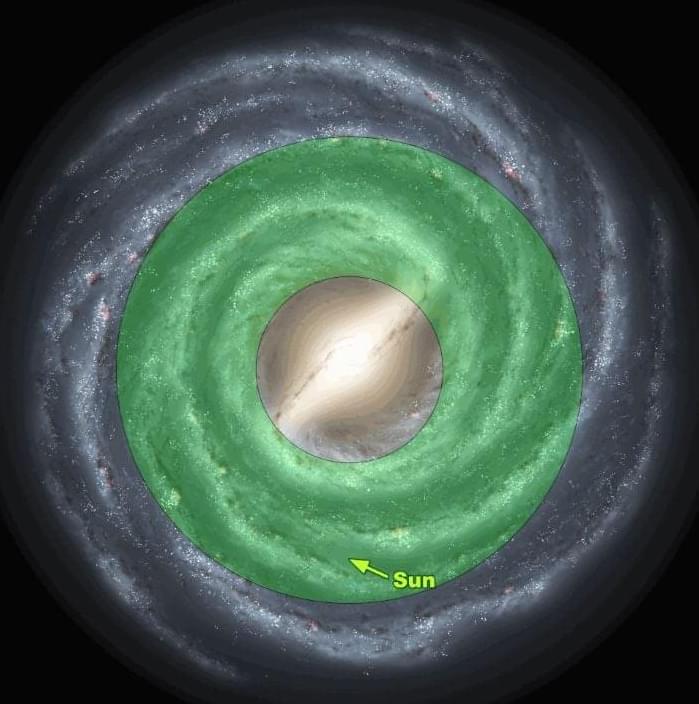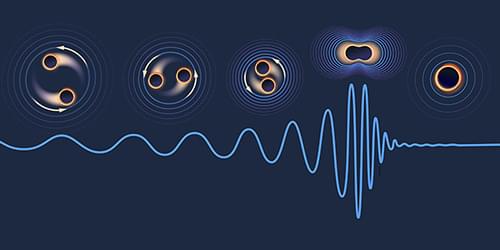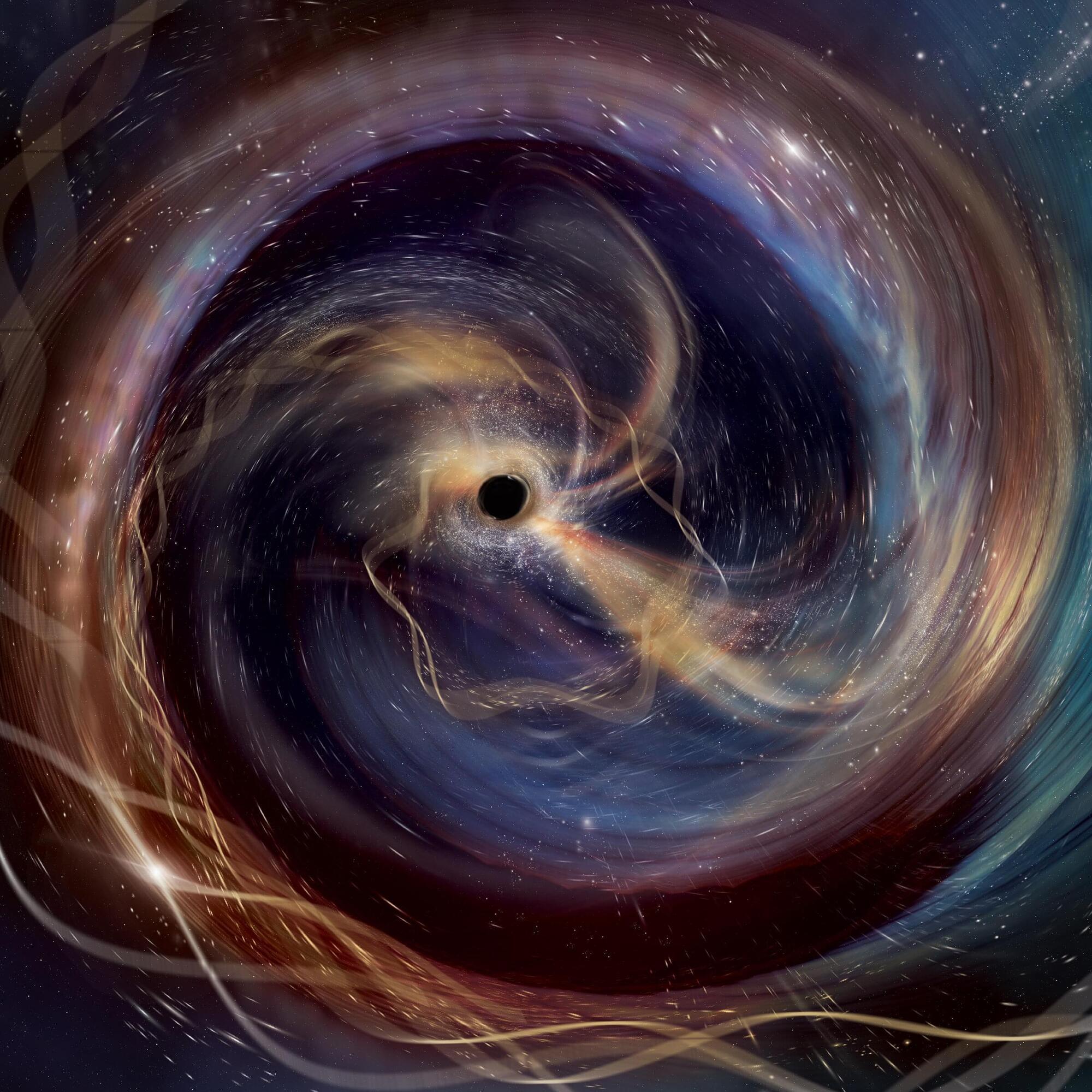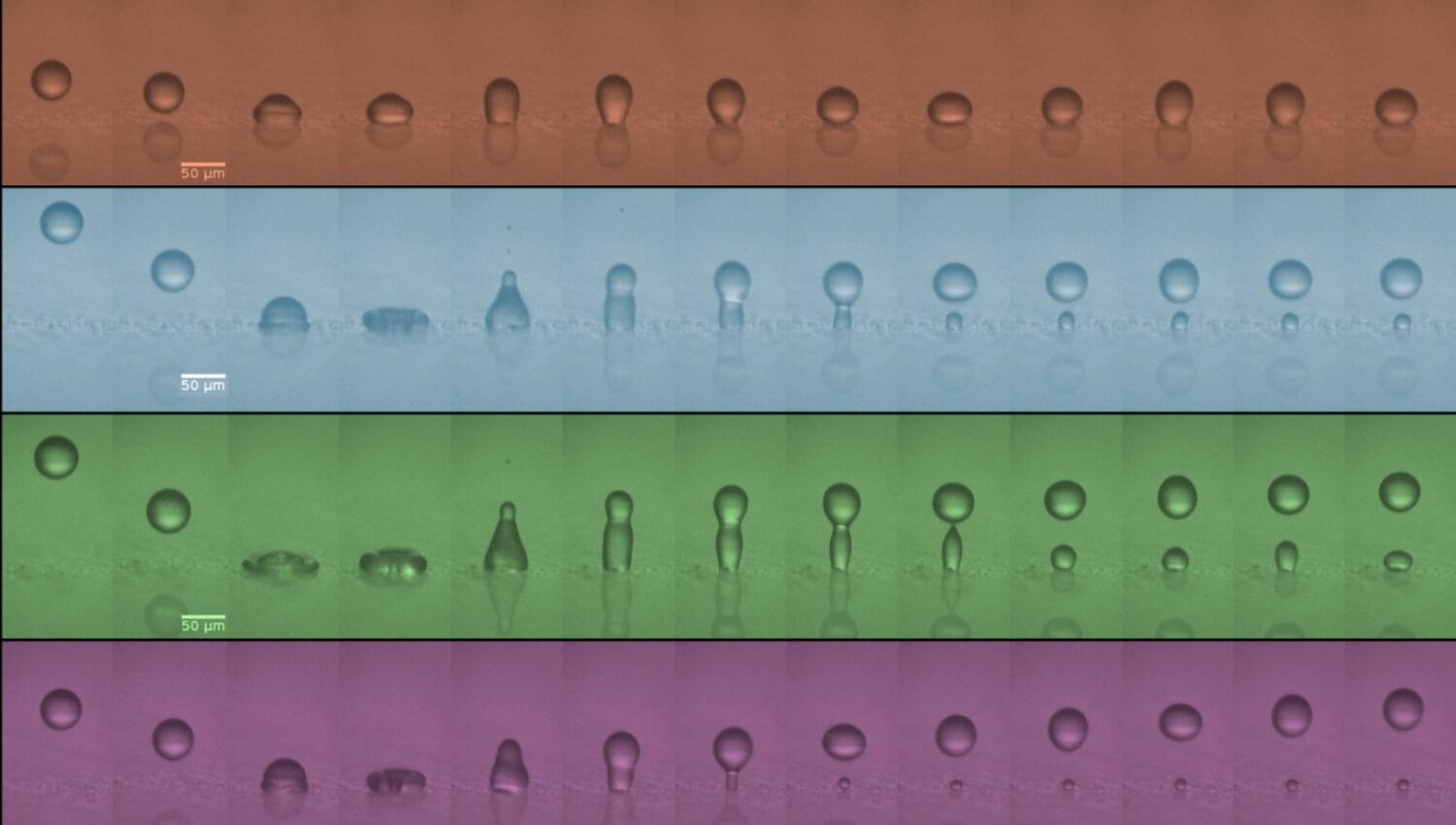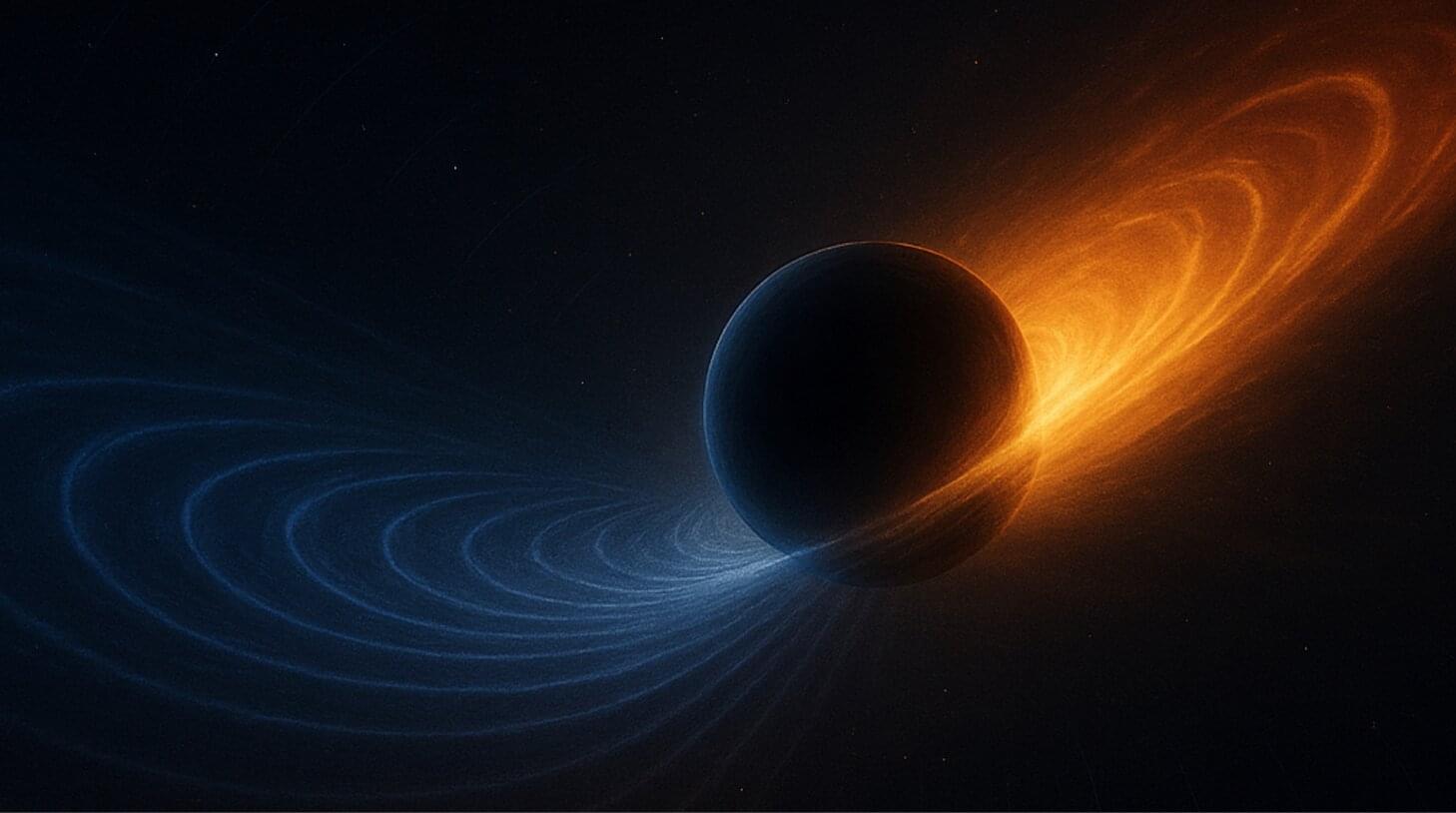Ten years after scientists first detected gravitational waves emerging from two colliding black holes, the LIGO-Virgo-KAGRA collaboration, a research team that includes Columbia astronomy professor Maximiliano Isi, has recorded a signal from a nearly identical black hole collision.
Improvements in the detection technology allowed the researchers to see the black holes almost four times as clearly as they could a decade ago, and to confirm two important predictions: That merging black holes only ever grow or remain stable in size—as the late physicist Stephen Hawking predicted—and that, when disturbed, they ring like a bell, as predicted by Albert Einstein’s theory of general relativity.
“This unprecedentedly clear signal of the black hole merger known as GW250114 puts to the test some of our most important conjectures about black holes and gravitational waves,” Isi said.
